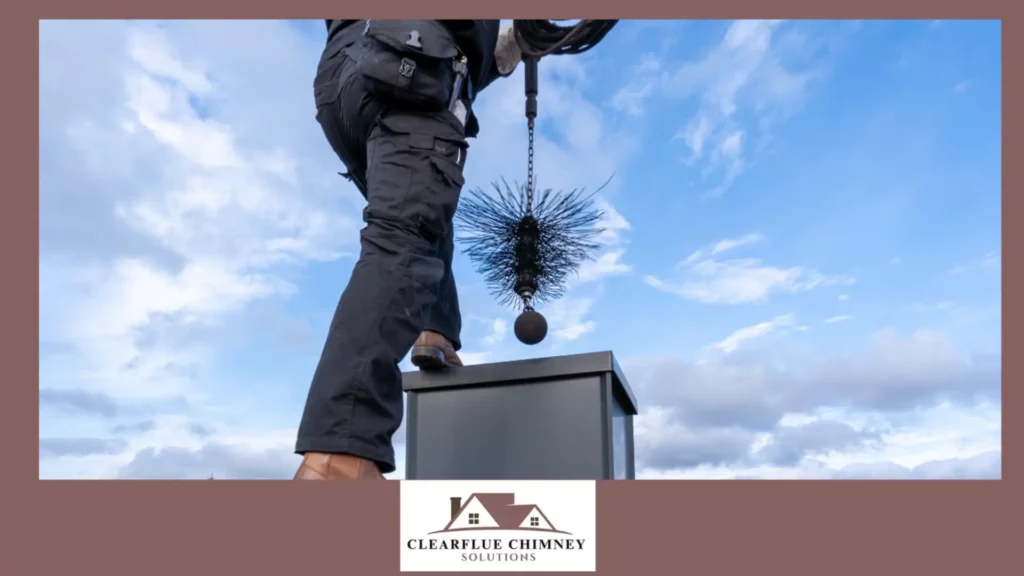The evolution of fire usage in human history transformed not only how we heated our homes but also how we lived. The shift from open fires to enclosed chimneys was monumental, introducing new challenges that ultimately led to the rise of the chimney sweep. This trade, essential for maintaining household safety and efficiency, became a cornerstone of domestic life in both urban and rural settings.
Early Fireplaces and the Need for Ventilation
Before chimneys, open hearths were the primary method of heating homes and cooking food. These hearths were often situated in the center of a dwelling, with a hole in the roof or a vented opening allowing smoke to escape. While functional, this method was far from efficient or safe, as smoke often lingered inside the home, causing respiratory issues and other health problems. The development of enclosed chimneys, first seen in medieval Europe, offered a more practical solution by directing smoke out of the house entirely. However, the buildup of soot and debris in these early chimneys quickly became an issue, creating the need for regular cleaning.
Chimney Sweeping Becomes a Profession
As chimney use spread, so did the realization that maintaining them was crucial to prevent fires and improve airflow. The accumulation of creosote—a highly flammable byproduct of burning wood or coal—posed a significant hazard. This necessity gave rise to the chimney sweep, a role that became increasingly vital in the growing towns and cities of Europe. These workers were tasked with ensuring that chimneys remained clear, allowing for safer and more efficient heating. Over time, the profession developed specialized tools and techniques to meet the demands of this labor-intensive work.
Societal Impact During the Industrial Revolution
The Industrial Revolution accelerated the use of chimneys in both homes and factories, increasing the importance of chimney sweeps. Coal, a popular fuel source, produced dense soot that clogged chimneys quickly. This era saw the emergence of chimney sweeps as a recognizable and essential profession, though not without controversy. Child labor, often associated with the trade, led to significant public outcry and eventual reform, including laws that improved working conditions and limited exploitation. These changes not only protected workers but also elevated the status of chimney sweeping as a skilled trade.
Modern Relevance of Chimney Sweeping
In today’s world, the tradition of chimney sweeping remains relevant, albeit with modern tools and techniques. Advanced cleaning equipment and safety standards ensure the efficiency of contemporary chimneys and flues. While gas and electric heating systems have reduced reliance on wood-burning fireplaces in many homes, the role of the chimney sweep endures in maintaining safe and functional ventilation systems. The trade’s history reflects a commitment to adapting to society’s needs while preserving its essential purpose.
From the early days of open fires to the modern era of advanced heating systems, the chimney sweep has evolved alongside human innovation. This profession, born out of necessity, continues to play a vital role in household safety and comfort.
Read more:
The Evolution of Chimney Design and the Birth of Sweeping Practices
The Origins of Chimney Sweep: Tracing Its Roots in Ancient Times

